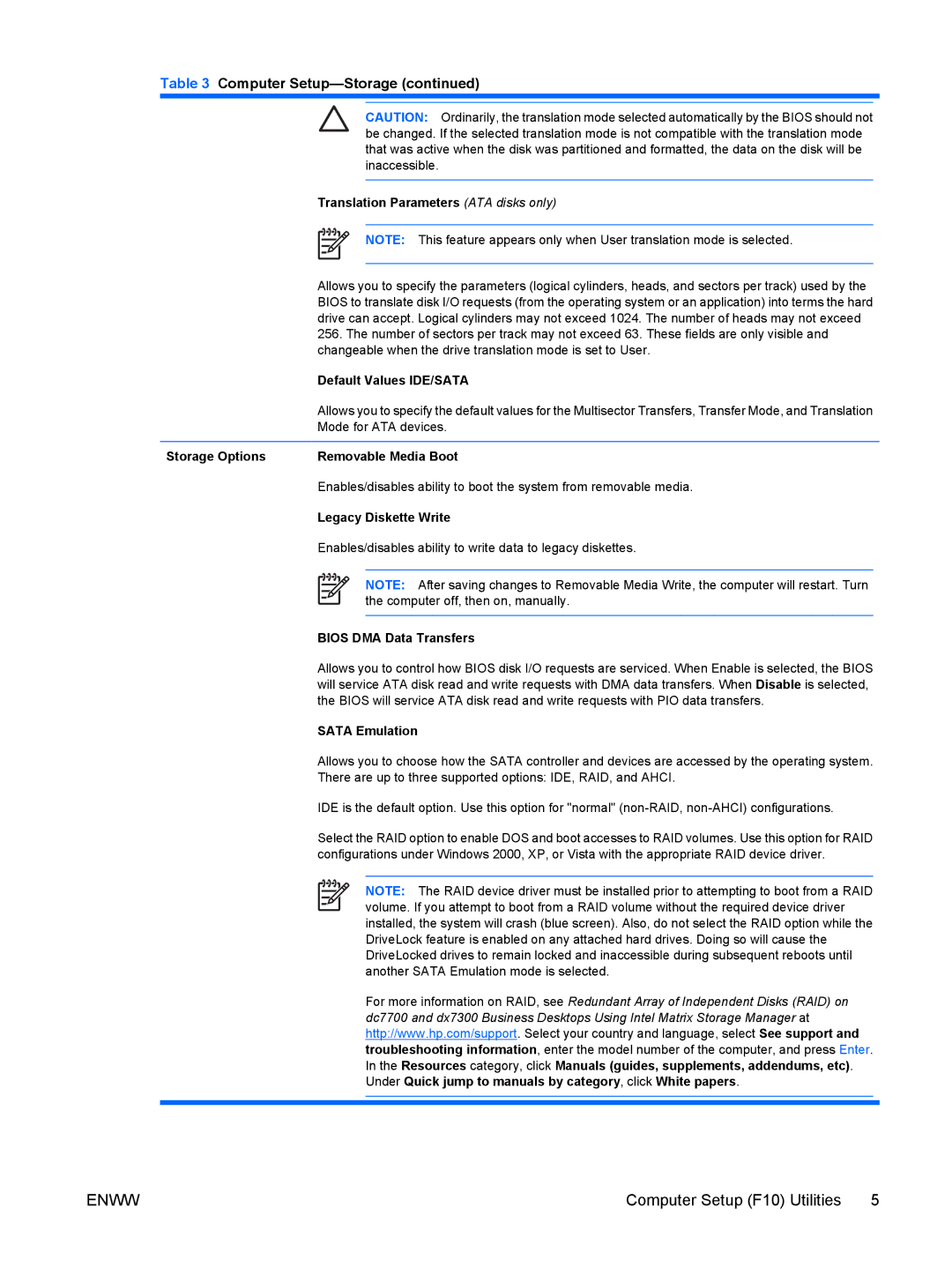
Table 3 Computer Setup—Storage (continued)
CAUTION: Ordinarily, the translation mode selected automatically by the BIOS should not be changed. If the selected translation mode is not compatible with the translation mode that was active when the disk was partitioned and formatted, the data on the disk will be inaccessible.
Translation Parameters (ATA disks only)
NOTE: This feature appears only when User translation mode is selected.
| Allows you to specify the parameters (logical cylinders, heads, and sectors per track) used by the | |||||
| BIOS to translate disk I/O requests (from the operating system or an application) into terms the hard | |||||
| drive can accept. Logical cylinders may not exceed 1024. The number of heads may not exceed | |||||
| 256. The number of sectors per track may not exceed 63. These fields are only visible and | |||||
| changeable when the drive translation mode is set to User. | |||||
| Default Values IDE/SATA | |||||
| Allows you to specify the default values for the Multisector Transfers, Transfer Mode, and Translation | |||||
| Mode for ATA devices. | |||||
|
|
|
|
|
|
|
Storage Options | Removable Media Boot | |||||
| Enables/disables ability to boot the system from removable media. | |||||
| Legacy Diskette Write | |||||
| Enables/disables ability to write data to legacy diskettes. | |||||
|
|
|
|
|
|
|
|
|
|
|
| NOTE: After saving changes to Removable Media Write, the computer will restart. Turn | |
|
|
|
| |||
|
|
|
|
| the computer off, then on, manually. | |
|
|
|
| |||
|
|
|
| |||
| BIOS DMA Data Transfers | |||||
| Allows you to control how BIOS disk I/O requests are serviced. When Enable is selected, the BIOS | |||||
| will service ATA disk read and write requests with DMA data transfers. When Disable is selected, | |||||
| the BIOS will service ATA disk read and write requests with PIO data transfers. | |||||
| SATA Emulation | |||||
| Allows you to choose how the SATA controller and devices are accessed by the operating system. | |||||
| There are up to three supported options: IDE, RAID, and AHCI. | |||||
| IDE is the default option. Use this option for "normal" | |||||
| Select the RAID option to enable DOS and boot accesses to RAID volumes. Use this option for RAID | |||||
| configurations under Windows 2000, XP, or Vista with the appropriate RAID device driver. | |||||
|
|
|
|
|
|
|
|
|
|
|
| NOTE: The RAID device driver must be installed prior to attempting to boot from a RAID | |
|
|
|
|
| ||
|
|
|
|
| volume. If you attempt to boot from a RAID volume without the required device driver | |
|
|
|
|
| ||
|
|
|
|
| installed, the system will crash (blue screen). Also, do not select the RAID option while the | |
|
|
|
|
| DriveLock feature is enabled on any attached hard drives. Doing so will cause the | |
|
|
|
|
| DriveLocked drives to remain locked and inaccessible during subsequent reboots until | |
|
|
|
|
| another SATA Emulation mode is selected. | |
|
|
|
|
| For more information on RAID, see Redundant Array of Independent Disks (RAID) on | |
|
|
|
|
| dc7700 and dx7300 Business Desktops Using Intel Matrix Storage Manager at | |
|
|
|
|
| http://www.hp.com/support. Select your country and language, select See support and | |
|
|
|
|
| troubleshooting information, enter the model number of the computer, and press Enter. | |
|
|
|
|
| In the Resources category, click Manuals (guides, supplements, addendums, etc). | |
|
|
|
|
| Under Quick jump to manuals by category, click White papers. | |
|
|
|
|
|
|
|
|
|
|
|
|
|
|
ENWW | Computer Setup (F10) Utilities 5 |
